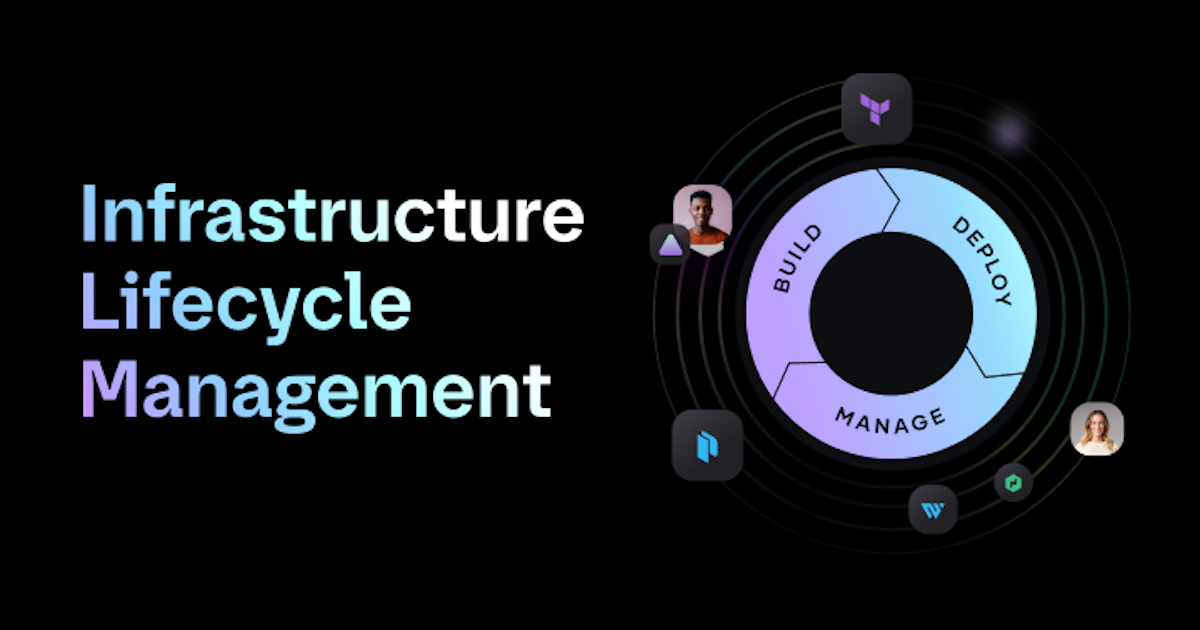The Importance of Speed in Today’s Business Landscape
In the highly competitive world of business, where rivals work tirelessly to snatch away your customers, speed becomes a critical factor. For companies that offer software products, it is imperative to provide application developers with the time and tools they need to focus on high-value projects. This involves minimizing time spent on repetitive manual tasks and automating as many development and deployment processes as possible.
To achieve this, system administrators, DevOps engineers, or platform teams must shift away from manual infrastructure provisioning and review processes. Instead, they should empower developers to manage their own infrastructure needs, such as servers, databases, load balancers, and more, on a platform that offers an exceptional developer experience (DevEx).
Automate Infrastructure Provisioning with Infrastructure as Code (IaC)
Manual infrastructure provisioning is often bogged down by lengthy approval processes and tedious resource tracking, leading to slow and error-prone procedures. Yet, some organizations still rely on these outdated methods due to two main reasons:
- Developers and system administrators use whatever vendor console or script serves the immediate need, ignoring long-term stability, especially in organizations with loosely defined standards.
- Organizations with rigid legacy processes require multiple layers of approvals and oversight, leading to slow infrastructure management.
By automating infrastructure provisioning through an Infrastructure as Code (IaC) solution, organizations can achieve both speed and control. IaC allows infrastructure to be codified, standardized, replicated, reused, stored centrally, audited, and versioned. This means teams can automate and manage their infrastructure deployments more efficiently, significantly accelerating processes.
For instance, Vodafone Italy, a major telecommunications player, utilized infrastructure automation to cut costs and enhance competitiveness. They automated 95% of their infrastructure provisioning, tripled their release pace, reduced setup time from three months to one week, and met all compliance requirements. This transformation was crucial for maintaining their market edge and aligning with their strategic goals.
Building and Reusing Golden Configurations
Speed often comes at the cost of consistency, especially in cloud environments. Teams working in isolation and manually provisioning infrastructure create a chaotic, non-standard environment known as a "snowflake" server. This is hard to manage, wastes resources, and can introduce security vulnerabilities.
IaC serves as the foundation to resolve this issue by providing a uniform language for infrastructure configuration. The next step is to develop templates that various teams can share, thereby preventing the reinvention of solutions and ensuring configurations meet security standards without manual intervention.
Golden configurations are pre-approved templates that integrate cost controls, security requirements, and operational needs, offering a streamlined path for developers. Platform teams collaborate with security, compliance, and cost stakeholders to design these configurations, test them, and deploy them into a centralized library for easy access and reuse.
Cielo S.A., Latin America’s leading electronic payment provider, leveraged standard configurations to slash infrastructure provisioning time by 90%, speeding up their market delivery by five times while maintaining security and compliance.
Leveraging Policy as Code
Ensuring consistent enforcement of security, compliance, cost, or operational policies across an organization is challenging. Many organizations resort to manual processes like ticket queues to maintain oversight, which drastically slows down infrastructure provisioning.
Automated policy as code checks are a solution, offering flexibility in creating, reviewing, and controlling provisioning checks in a language that compliance and security teams can understand. With the involvement of stakeholders, platform teams can build a library of approved policy templates, ensuring no infrastructure is provisioned without proper guardrails.
Trimble, a global software provider in essential industries, faced challenges with manual compliance checks that slowed their processes. By automating these with policy as code, Trimble reduced infrastructure development time from three days to one hour, addressing compliance and security issues early in the development cycle.
Enabling Self-Service Infrastructure
The faster developers can act independently, the quicker new features and products reach the market. However, manual processes like ticketing systems hinder this speed, forcing developers to wait for gatekeepers.
Self-service infrastructure allows organizations to scale cloud resources efficiently, granting developers the freedom to innovate within the confines of pre-approved configurations. This setup, known as the "golden path," simplifies infrastructure use while maintaining security and compliance.
Advanced self-service through no-code provisioning takes this a step further. Developers can utilize enhanced no-code IaC modules without writing code, simply selecting modules and deploying them. Organizations can further streamline this by establishing an internal developer platform (IDP) that offers a menu of no-code modules, simplifying the process to a single portal interface.
Nedbank Group, a leading South African bank, exemplified this by reducing infrastructure delivery time by 99% through IaC and self-service capabilities. This approach drastically improved their time to market and reduced resource costs by 25%.
Automating Infrastructure Deletion
Uncontrolled cloud spending is a major concern for many organizations. Rapid scaling often leads to forgotten cloud instances that continue to accrue costs without providing any functional value.
Automating infrastructure deletion allows organizations to set end-of-life dates or predefined inactivity periods, removing unnecessary cloud infrastructure without manual intervention. Although indirectly related to provisioning speed, automated deletion is essential for efficient Infrastructure Lifecycle Management (ILM), freeing up time and resources.
Harnessing the Power of Automation
In conclusion, automating infrastructure processes not only enhances speed and efficiency but also ensures better control, compliance, and cost management. By implementing strategies like IaC, reusable configurations, policy as code, self-service infrastructure, and automated deletion, organizations can significantly improve their software delivery speed while maintaining high standards of security and compliance.
For more insights on infrastructure automation and its benefits, check out resources from trusted platforms and industry experts.
For more Information, Refer to this article.


































